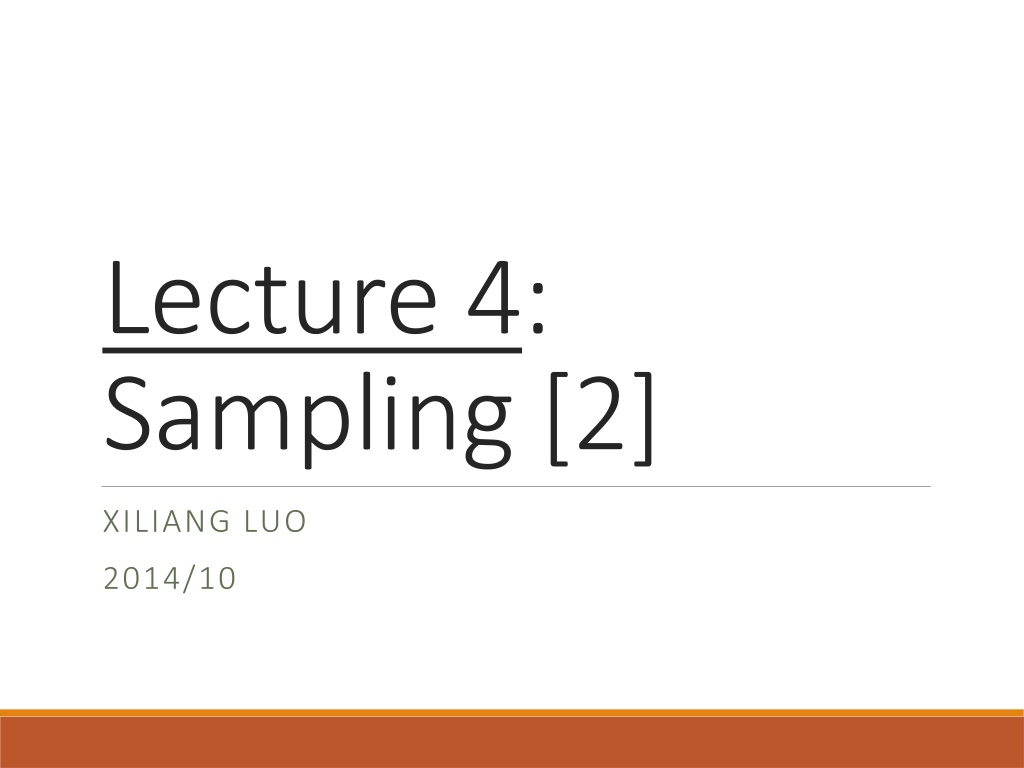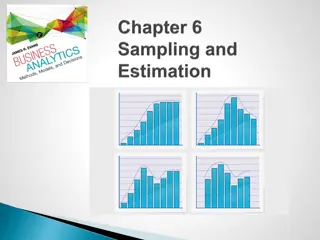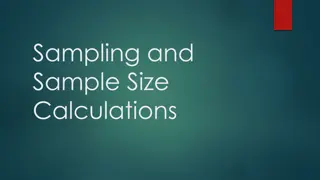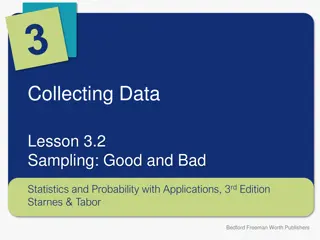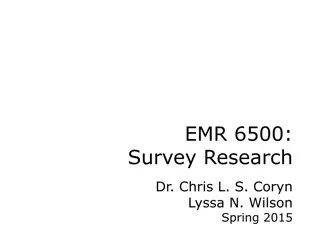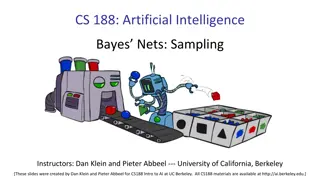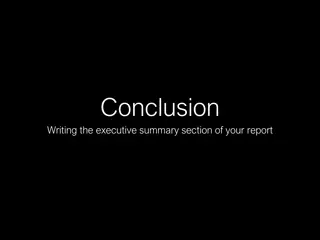Understanding Sampling and Signal Processing Fundamentals
Sampling plays a crucial role in converting continuous-time signals into discrete-time signals for processing. This lecture covers periodic sampling, ideal sampling, Fourier transforms, Nyquist-Shannon sampling, and the processing of band-limited signals. It delves into the relationship between periodically sampled sequences and continuous-time signals, emphasizing the importance of multi-rate signal processing knowledge. The content also touches on discrete-time system applications and examples of processing signals with non-integer delays.
Download Presentation

Please find below an Image/Link to download the presentation.
The content on the website is provided AS IS for your information and personal use only. It may not be sold, licensed, or shared on other websites without obtaining consent from the author. Download presentation by click this link. If you encounter any issues during the download, it is possible that the publisher has removed the file from their server.
E N D
Presentation Transcript
Lecture 4: Sampling [2] XILIANG LUO 2014/10
Periodic Sampling A continuous time signal is sampled periodically to obtain a discrete- time signal as: Ideal C/D converter
Ideal Sampling Impulse train modulator
Fourier Transform of Ideal Sampling Fourier Transform of periodic impulse train is an impulse train:
What about DTFT This is the general relationship between the periodically sampled sequence and the underlying continuous time signal
Nyquist-Shannon Sampling Let ??(?) be a band-limited signal with Then ??(?) is uniquely determined by its samples if: The frequency ? is referred to as the Nyquiest frequency The frequency 2 ? is called Nyquist rate
Process Cont. Signal A main application of discrete-time systems is to process continuous- time signal in discrete-time domain
Observations For band-limited signal, we are processing continuous time signal using discrete-time signal processing For band-limited signal, the overall system behaves like a linear time- invariant continuous-time system with the following frequency domain relationship:
HW Due on 10/10 4.21 4.31 4.34 4.53 4.54 4.60 need multi-rate signal processing knowledge 4.61
Next 1. Change sampling rate 2. Multi-rate signal processing 3. Quantization 4. Noise shaping
Change Sampling Rate Conceptually, we can do this by reconstruct the continuous time signal first, then resample the reconstructed continuous signal
Sampling Rate Reduction Down-sampling
Polyphase Decomposition Goal: efficient implementation structure k=0,1, ,M-1
Polyphase in Freq Domain Polyphase component filters
Polyphase Filters y[n]=x[n]*h[n]
Oversampling C/D Advantages nominal analog filter exact linear phase
Quantization Error Assumptions:
